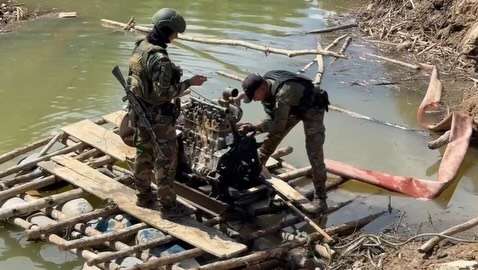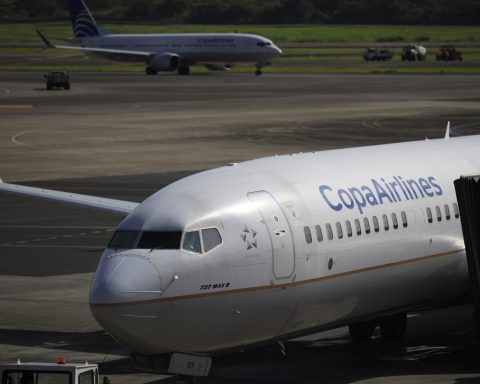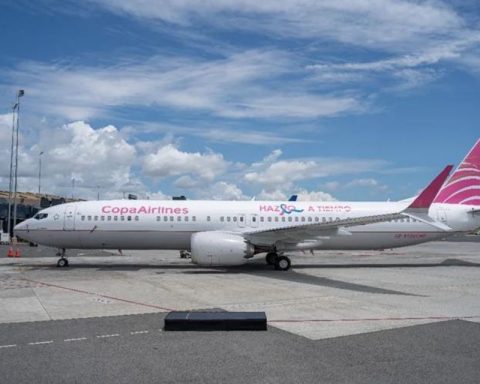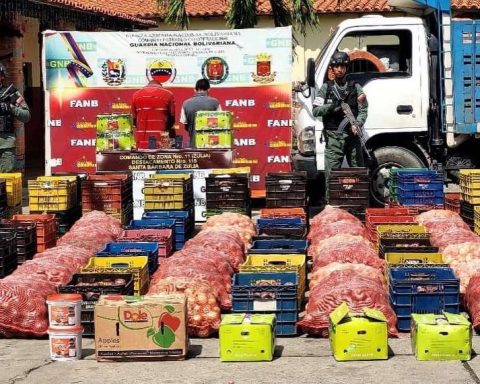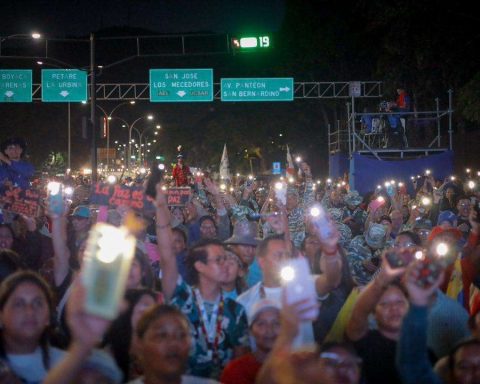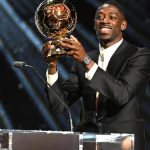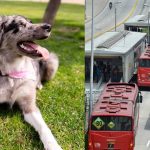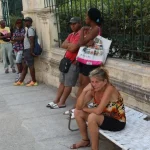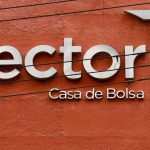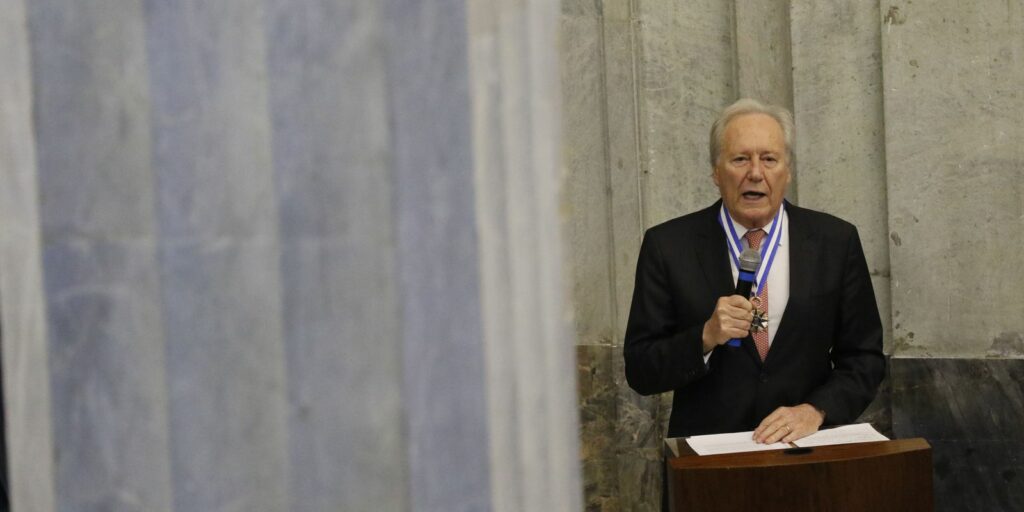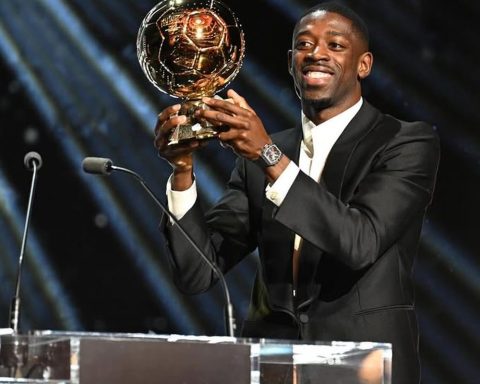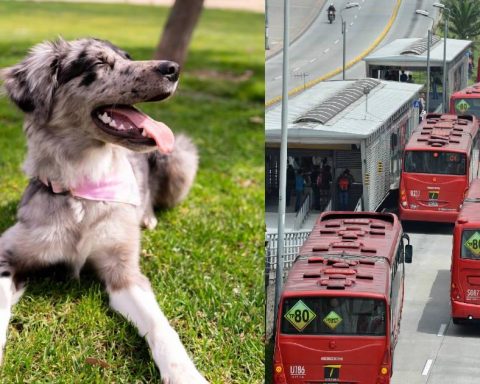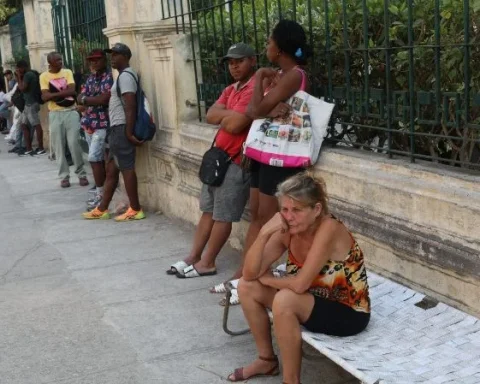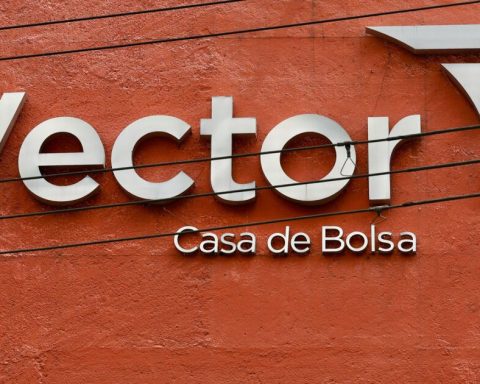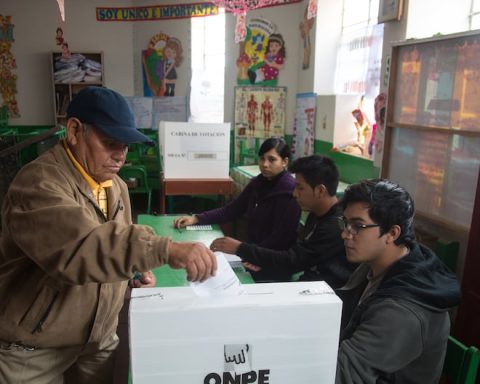Twenty-one years have passed since the coup against the government of Hugo Chávez and there are very few left who insist on denying it. The weight of each one of the events that took place between April 10 and 14, 2002, leave the testimony of a bloody forced displacement of power to the constitutional president.
In the structure of planning and perpetration of the coup, there are several political and economic actors, headed by the United States Embassy and seconded by political sectors, business, the media and a lot of hate.
This hatred began to grow in November 2001, after the approval of 49 Enabling Laws, which empowered the Executive to legislate on hydrocarbons, land tenure, and the fishing law. All the texts were rejected by the national oligarchy and the media dedicated numerous spaces to question them.
In December 2001, the first national strike test was carried out, and although it was not called for, it served as a test for the plans that would be developed shortly after. This is how 2002 arrived and the opposition reflected in Fedecámaras, Consecomercio and Fedenaga, as well as the CTV and the Episcopal Conference, grouped together in the sadly famous Coordinadora Democrática. You just had to wait for the right moment to strike.
The national strike
The Coordinadora Democrática called a national strike that would begin on April 9, 2002. Initially they wanted to do it on April 19, to take advantage of the national date as a symbol of the protest, but it transpired that President Chávez would leave the country due to commitments from his position. and they decided to advance the date of the coup. This is how the business strike began on April 9.
The strike was called and directed by Pedro Carmona, president of Fedecámaras, Carlos Ortega, president of the CTV, and a sector of the powerful PDVSA leadership. Added to this strike were some isolated pronouncements by soldiers without troop command, who opposed the government.
That April 10, a highest-ranking official issued a threat that shook the Chavista government: “You (Chávez) negotiate to achieve your communist objectives and sell and betray your homeland and people for your personal ambition… We are a country worthy of being governed by something better than you.” That was part of the speech delivered by Army General Néstor González González.
Throughout the day, the government seeks to calm the agitated political climate with television broadcasts on the national chain, where it showed the country in complete calm, but some television channels divided the screens to show the opposite of what the government material offered. The action, unprecedented in the history of official broadcasts, confirmed that the media were at the forefront of the movements of this complex chess.
On the afternoon of April 10, 2002, Carlos Ortega announced the indefinite nature of the strike. A massive march is announced in eastern Caracas that will culminate in a rally in front of a PDVSA headquarters. Some soldiers loyal to the government received the order to move out of their bases under the pretext of carrying out exercises for a possible war with Colombia. Government authorities received information that the opposition march could be diverted to Miraflores. The atmosphere of a coup d’état is in the air. Chavismo would also mobilize the next day.
April 11: the great march
The dawn of April 11 achieved a divided Caracas. From the early hours of the morning, Chavistas and opponents concentrated on the ends of the city. The mobilization called by sectors that are opposed to Hugo Chávez, achieved an attendance that astonished the organizers themselves, thanks to the good work of agitation that the media had been carrying out for days.
The opposition demonstration was diverted to march towards the government palace without having the corresponding permission, but with the protection of the Metropolitan Police, led by the opposition mayor Alfredo Peña, who had the task of opening the way for the mobilization towards Miraflores.
In the center of the city, the Chavistas were already surrounding all the entrances to the government palace, already warned that the opposition march was advancing towards them. The crash was inevitable. The Metropolitan Police opened fire in the middle of the pro-government rally, while the opposition had placed snipers in buildings near the presidential palace.
Wounded fell on both sides. Some armed men on the Chavista side were accused of shooting at the opposition concentration, but later ballistic studies showed that it was impossible to hit the protesters from that distance, and that they were trying to stop the police actions that fired indiscriminately.
Hugo Chávez condemned the violent actions on national television. At that time, several channels divided the screen again to repeat over and over again the manipulated shots of those who shot at the police to defend themselves against them. Several high-ranking officials called for Chávez’s resignation through a recorded communication, in which they accused the president of causing “the dozens of deaths” left in the streets.
At the end of the day, the alleged resignation of Hugo Chávez from the Presidency of the Republic was notified, after the bloody events of that fateful day. But no document proved the presidential resignation.
That day, 19 people died in the streets of Caracas, dozens were injured. At night, the state channel, which denied the president’s resignation, was taken off the air. Chávez was imprisoned by those who carried out the coup and took him out of Miraflores.
The 12th: the self-swearing
On the morning of April 12, the witch hunt began. Right-wing mayors Henrique Capriles Radonski and Leopoldo López, who ruled wealthy municipalities in the capital, launched proceedings to arrest deposed government officials. The capture of the Minister of the Interior, Ramón Rodríguez Chacín and the deputy Tarek William Saab, were broadcast on television as heroic acts, as well as the siege of the Cuban Embassy.
At the other end of the city, the Attorney General of the Republic, Isaías Rodríguez, gave a press conference that he called under deceit so that the media would broadcast it. In his speech, he confirmed that President Chávez had not resigned and that, on the contrary, he was being held at the Fuerte Tiuna military barracks.
Immediately, the media involved in the coup d’état took the broadcast off the air. Only a few radio stations continued the broadcast with a detailed explanation of how the arrest of the country’s highest authority occurred.
In the afternoon, drunk with power, the coup leaders who had taken over the Miraflores Palace gathered to witness the self-swearing in of Pedro Carmona, businessman and head of Fedecámaras, as President of the Republic. In the act, all officials elected by popular vote were stripped of their positions, parliament was dissolved, officials of the Judiciary and Citizen Power were dismissed, and the word “Bolivarian” was removed from the official name of the country.
To disguise it, the media justified the coup by saying that there was a power vacuum. But that never existed because the constitution establishes that in the total absence of the president, control is assumed by the vice president, and if he is also absent, the command will fall to the president of parliament. None of it happened. The blow was beginning to falter.
April 13: The Resurrection
The early morning of April 13, 2002 offered an inexplicable panorama for those who perpetrated the Coup d’état. The television stations programmed movies, cartoons and soap operas. The informative silence was evident, after the infophrenia unleashed days before. In the streets and in the alternative media, the reality was different and people began to wonder where Chávez is.
The visible face of the coup d’état, Pedro Carmona, arrived early at the Government headquarters. There he received a visit from the Ambassador of the United States, Charles Shapiro, and from Spain, Manuel Viturro de la Torre, whose governments recognized the dictatorship of the Venezuelan businessman as legitimate.
A piece of information reached many alternative media: Chávez was being held on the island of La Orchila and his life was in danger. The streets were beginning to heat up with demonstrations in favor of the deposed president.
The military sector was also abuzz. The evident rupture of the constitutional thread provoked the annoyance of many high-ranking military officers who faced the situation. On the afternoon of April 13, the cornered coup leaders left the Miraflores Palace before the unfavorable change of scenery. The people in the streets put pressure and a crowd surrounded the presidential palace asking for the return of Chávez as the highest authority in the country.
Faced with the abandonment of the Palace, Chavismo recovered the seat of government and began to move the pieces to restore order. The Venezuelan constitution establishes that in the absence of the president, the mandate rests with the vice president, who at that time was the retired soldier Diosdado Cabello Rondón. Once located and sworn in, his first order was to find Chávez in order to return him to power.
The return to institutionality
At dawn on April 14, Chávez’s return to power was a fact. He just had to wait for the soldiers to rescue him and bring him back safe and sound. But that was precisely one of the problems: on the island of La Orchila, where he had been confined, Chávez was guarded by soldiers who obeyed the coup leaders, so the loyal forces feared a confrontation.
Hours before, a letter written in the handwriting of Hugo Chávez himself was released, in which he briefly stated that he had not resigned. The letter was written in Turiamo on a piece of paper that a loyal soldier gave him and then took it upon himself to spread. In it, the president said “I have not renounced the legitimate power that the people gave me.”
The informative silence continued in the Venezuelan media and only a few learned of these events through international media. The owners of television channels alleged that they were “fearing for the safety of their workers,” perhaps fearful of reprisals for their complicity in the coup.
It was through international media that the president of the National Assembly, William Lara, notified the country and the world that the conspirators had been defeated and democracy restored.
The coup plotters fled, many left the country. The most vulnerable were detained in the Miraflores Palace itself, where the Attorney General of the Republic, Isaías Rodríguez, read them their rights. The government palace was surrounded by thousands of people who awaited the return of the president.
In the early morning of April 14, 2002, a helicopter flew over the government building and in it came the president and his trusted men, who fortunately did not have to confront their brothers in arms, since the soldiers, who only they obeyed orders, they also squared off with Chávez.
From the Miraflores Palace, Hugo Chávez once again presented himself to the country on radio and television broadcasts. He asked his political opponents for sanity and respect for the constitution. The image of him with a crucifix in his hand went around the world. The pardon granted in those days opened the door to new conspiracies.
